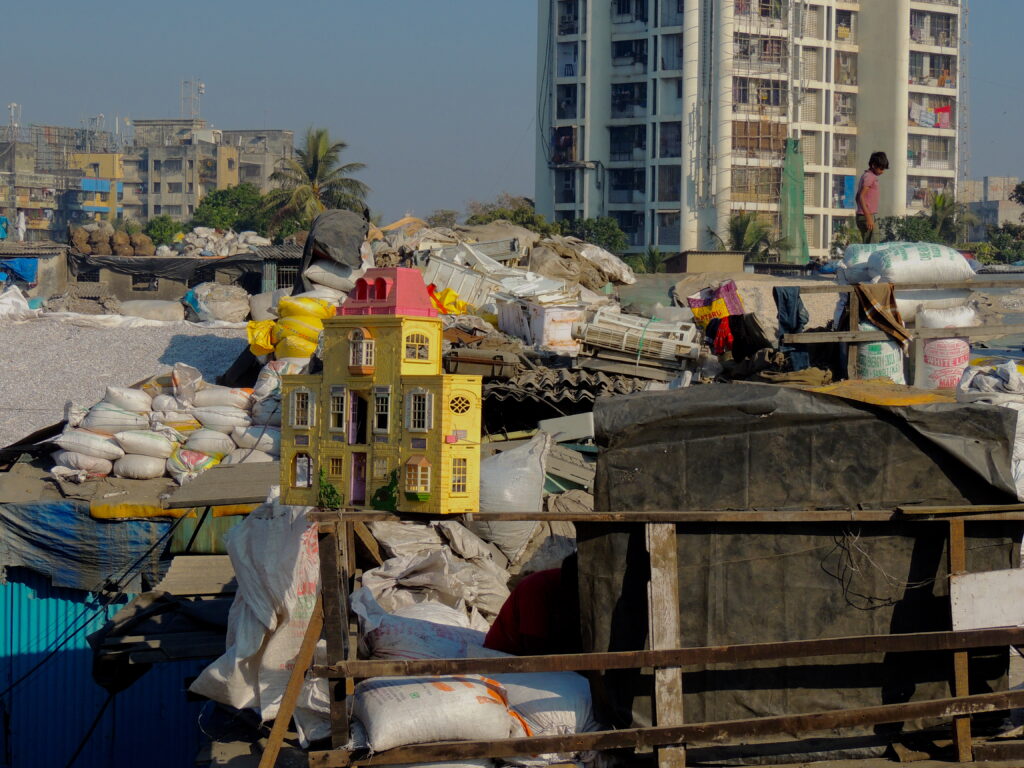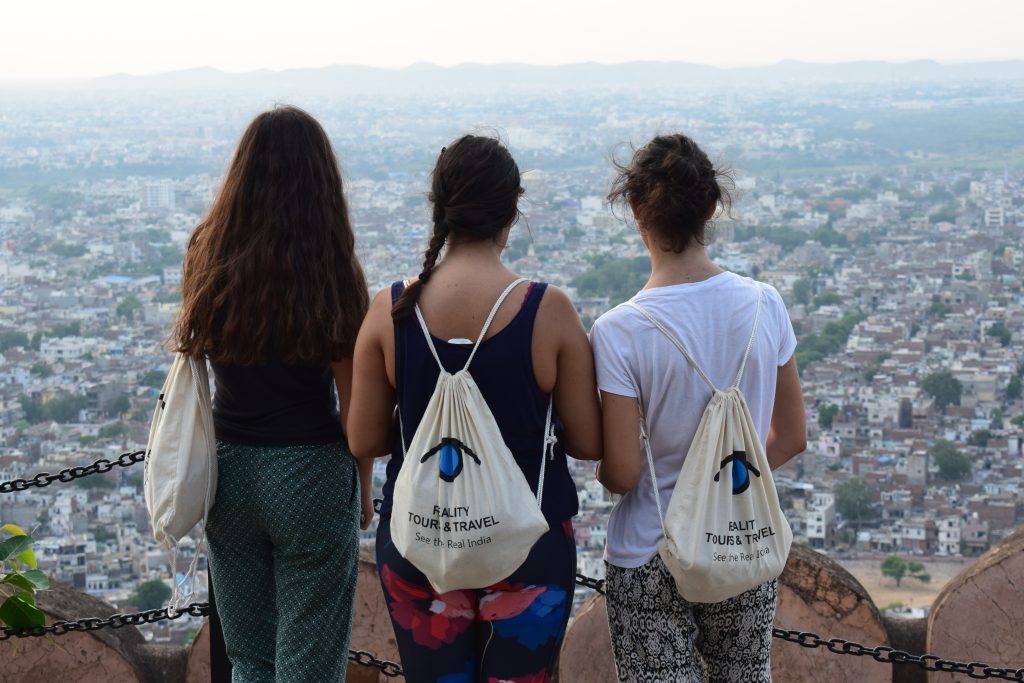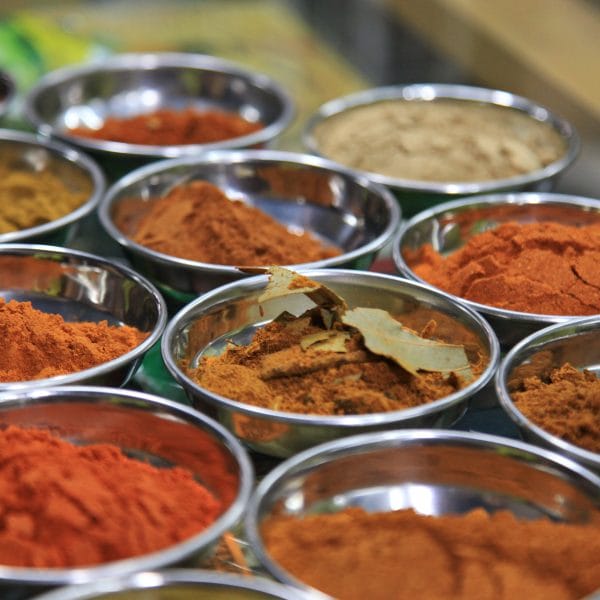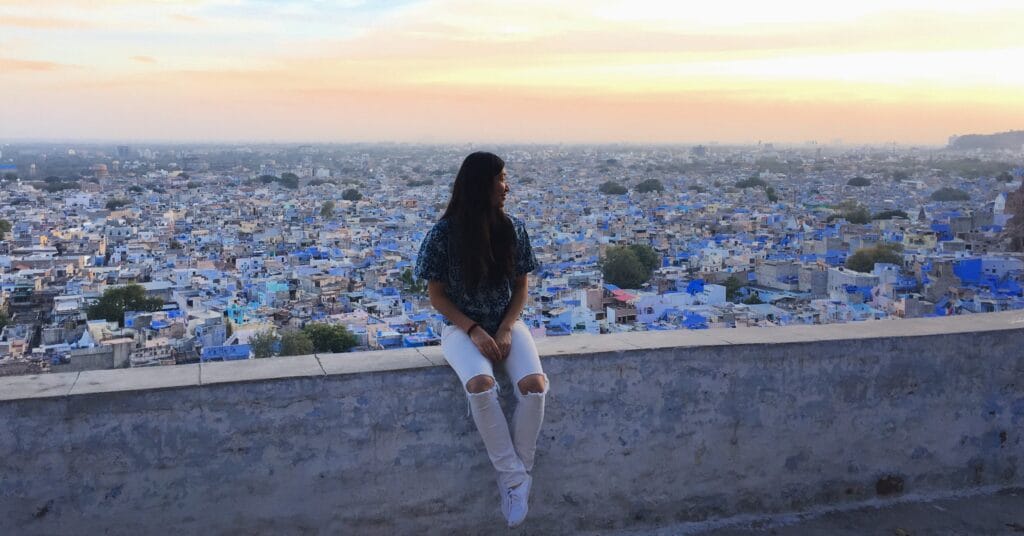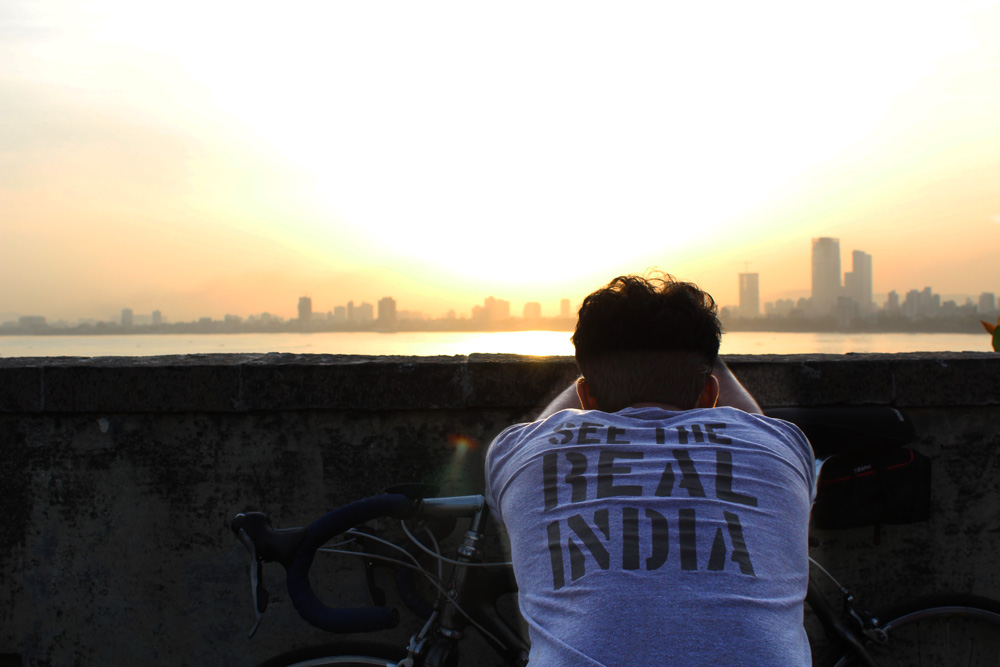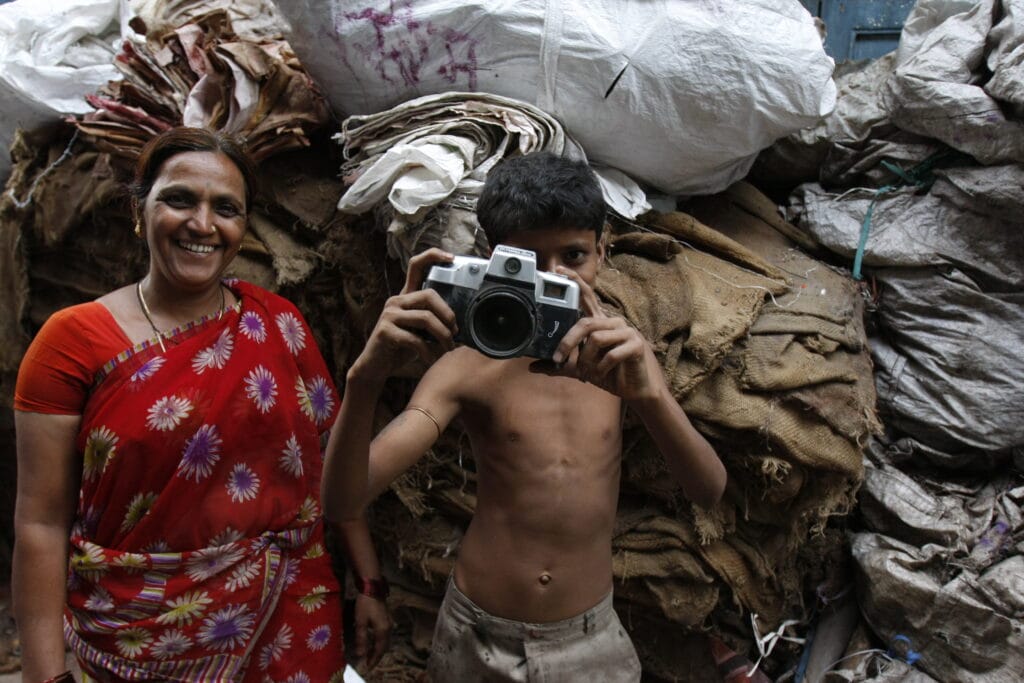The months of monsoon bring joy to millions of people not only in Mumbai but all over India. The torrential rains arrive after a torrid, long and tiring summer. The monsoon begins during the first week of June in the southwest coast. It then travels up through the Indian state of Kerala, up towards the North and usually reaches the city of Mumbai around the second week of June.
The rains usually last until September and during this period the humidity increases, it gets very windy and the raindrops can pour down at any time of the day and for many hours, sometimes for entire days. It is a custom in India for people to predict the monsoon’s arrival. This often becomes a national headline in the papers and on the news channels as the whole country keeps checking weather updates with people getting increasingly curious to know the details as they long for it to begin after the exhausting summer.

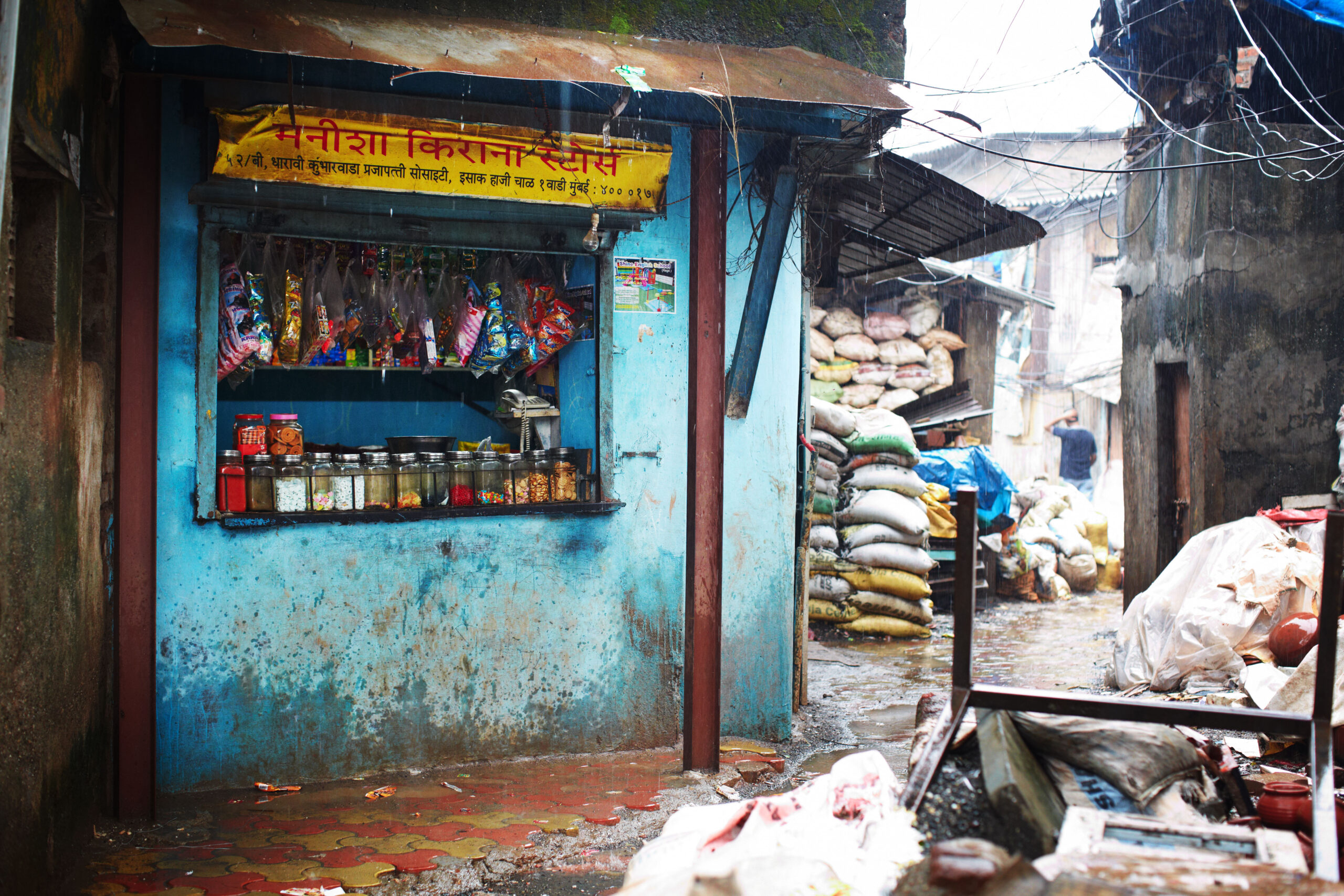
But all the curiosity and need to know about when the monsoon will come is not just for entertainment or relief from the heat. For agriculture the rain is vital as it has a direct impact on the crops and those who depend on them. Rice, for example, which is an important staple food throughout India, requires a huge amount of water in order to grow and thrive, especially in places where water doesn’t reach as easily as it does in the villages on the banks of rivers. Monsoon is the hope for millions of farmers to recover their prosperity and to wish for another year of new crops as the rain brings the means to make farming possible.
Monsoon is also a romantic season for young couples, in fact it is impossible to miss those young couples trying to find shelter from the rain hiding under an umbrella and embarking in long peaceful walks. There is a sense of freshness all around with plants, flowers and trees in full bloom. This is especially true in the outskirts of Mumbai where new colours appear in front of the eyes of the people who enjoy being outdoors. It truly is heaven for nature lovers.
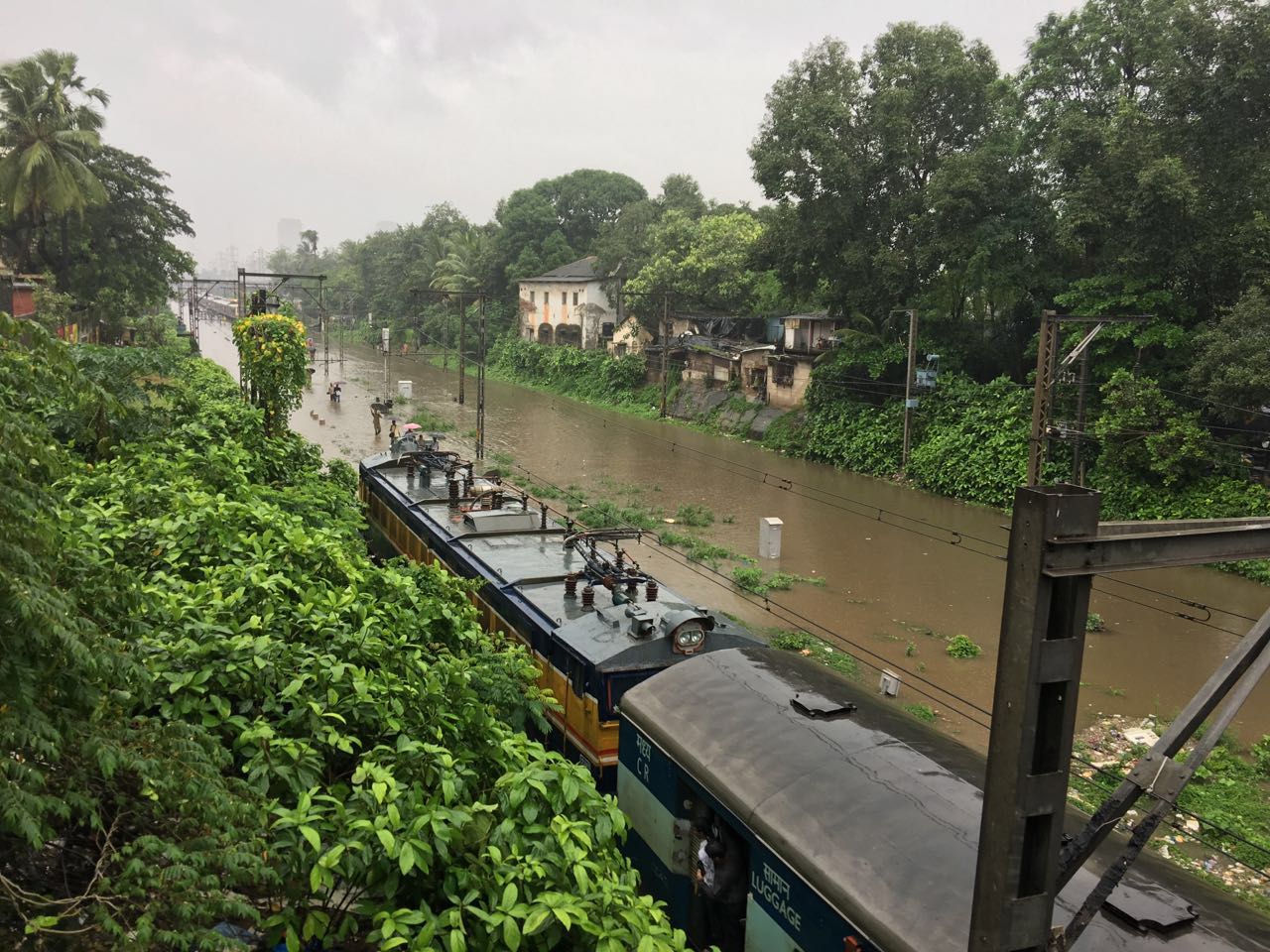
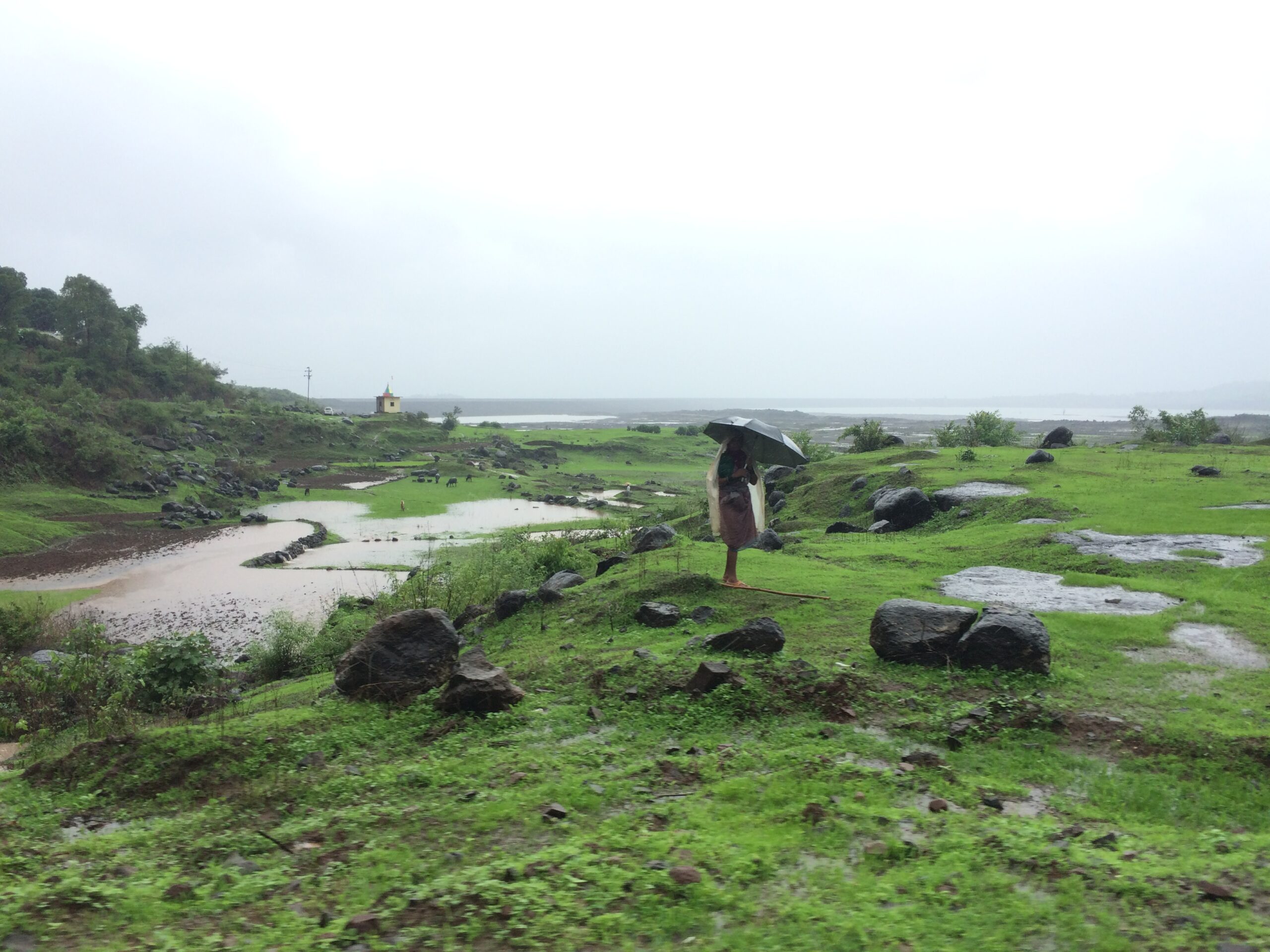
Monsoon months also have a lot of festivals. The month of “Shravan”, usually the fifth month in the Hindu calendar, is the month when most devotees worship Lord Shiva and perform a number of rituals, as this is believed to be the most auspicious month in the whole year. One of the major festivals that takes place during the monsoon period is the Ganesh Chaturti which is celebrated for 10 days in September. This is one of the major festivals in Mumbai. During this time families keep a clay statue of the elephant headed god in their home where he is worshipped. At its conclusion every family takes the god into the streets for a procession that leads the statue towards the sea or the river, where he will be immersed in the water. The celebration of Lord Krishna’s birthday, Janmashtami, also occurs during the monsoon months. Temples and houses get decorated, people fast during the day and celebrate with songs and dance. This is also the period in which Rakshabandan falls, when sisters tie a band of protection around their brothers’ wrist and brothers, in turn, vow to protect their sisters.
But as the rain continues to fall relentlessly, there are also other less enjoyable things to take into consideration in a big city like Mumbai. The metropolis is a busy and crowded space and the torrential rains bring challenges to its inhabitants’ day to day life. Already stretched infrastructure comes under additional stress with roads continually flooding and trains delayed or even cancelled making life quite frustrating for commuters.

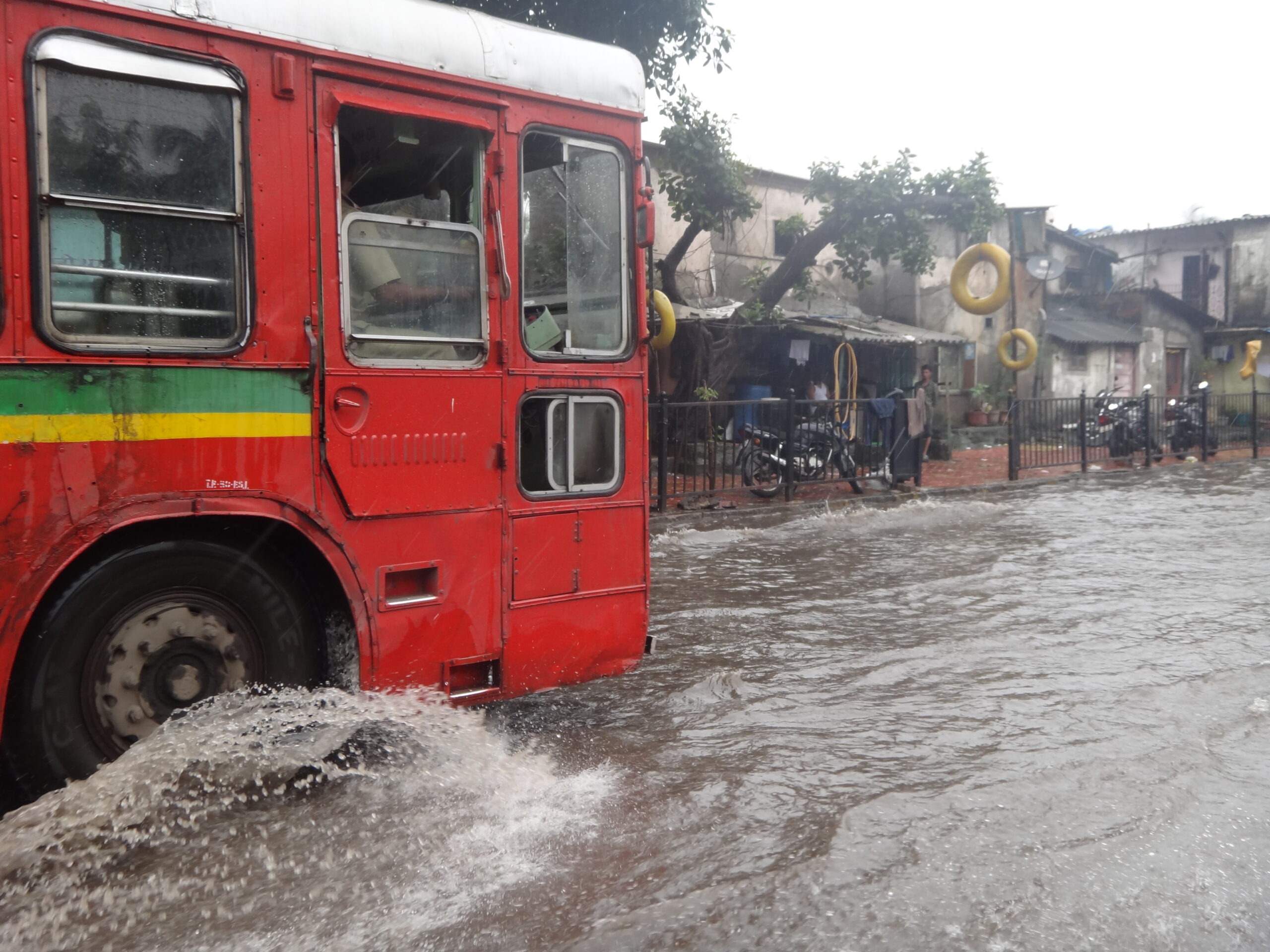
Monsoon in Mumbai can be hectic but at the same time it can be quite fun. The rains bring happiness to all, children and adults, and they also bring people together as there are so many different festive occasions where families get together and celebrate.
I really love the monsoon…when the rains come it is kind of magical.
The monsoon not only brings hope and happiness on the face of the farmers but also on the face of each Mumbaikar as finally it is time to enjoy the lower temperature and the cool breeze.

